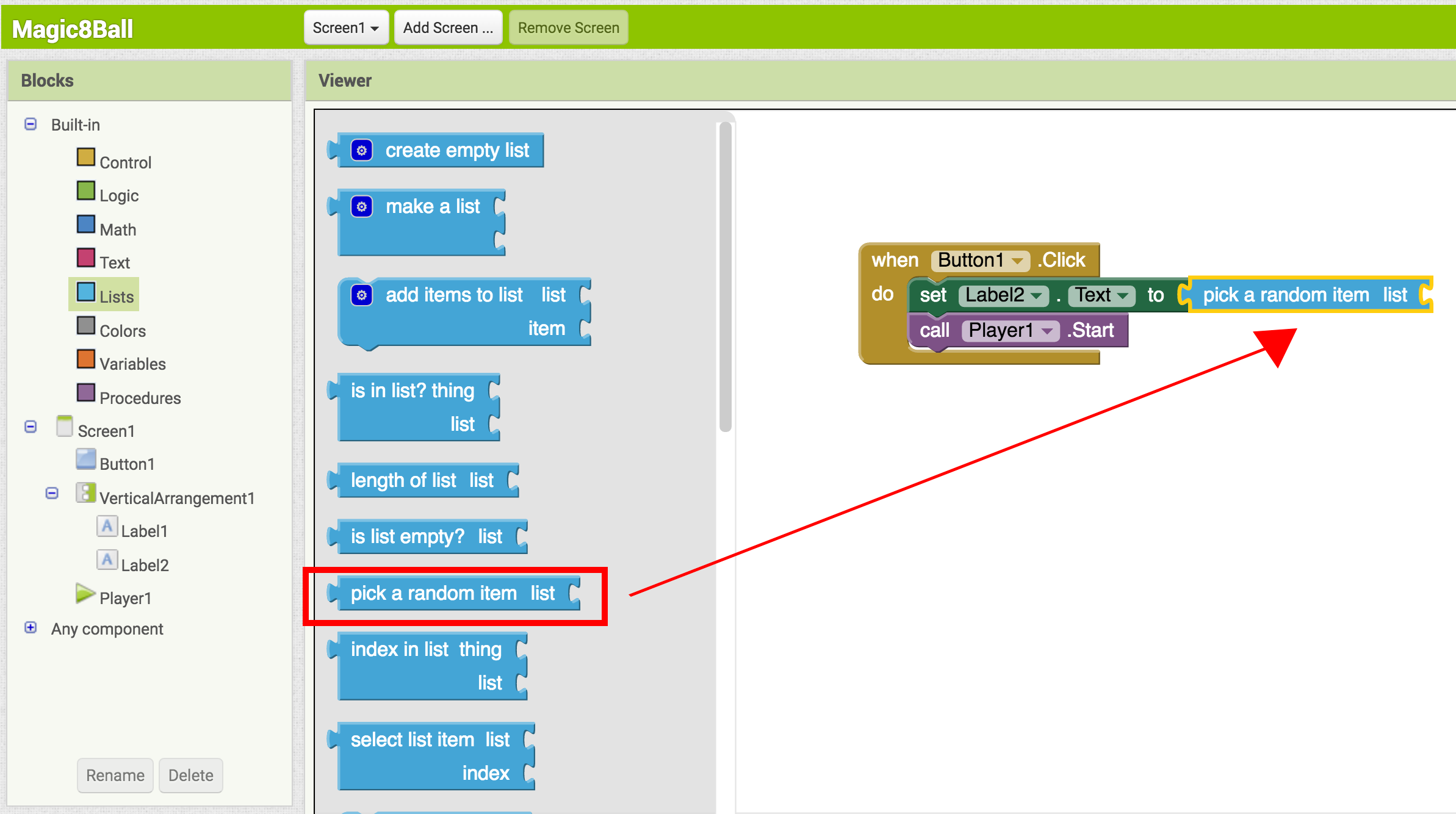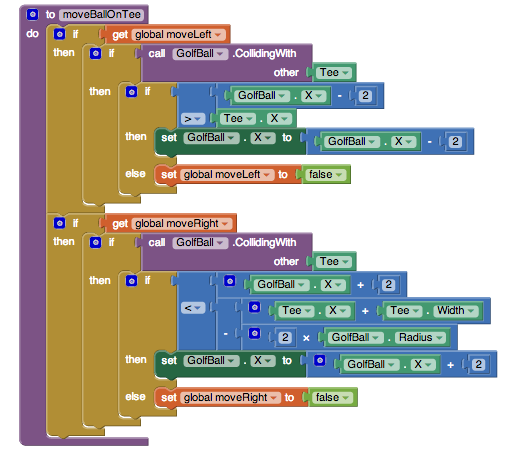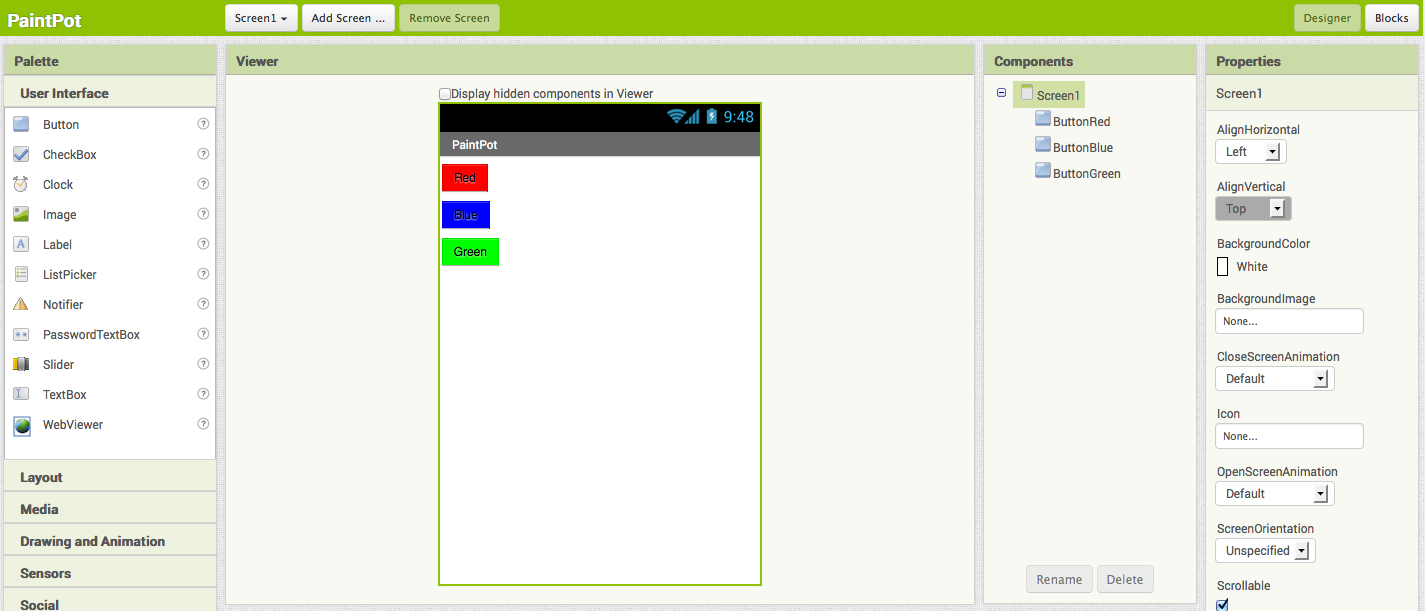Remix Mini PC well over 1 million
August 11, 2015 —
BarryK
I recently reported on the Remix Mini PC project on Kickstarter:
http://bkhome.org/news/201507/remix-os-mini-pc.html
The 45-day Kickstarter proposal now has 18 days to run and has raised US$1,174,379:
https://www.kickstarter.com/projects/1123481999/remix-mini-the-worlds-first-true-android-pc
I pledged $40 for one 2GB mini PC, plus $15 postage.
It's looking good, and I am keen to play with Remix OS 2.0, which is the version that will ship with the mini PC.
There is a preview video of Remix OS 2.0 here:
https://www.kickstarter.com/projects/1123481999/remix-mini-the-worlds-first-true-android-pc/posts/1315172
Tags: general
Plasma Mobile
July 27, 2015 —
BarryK
Yet another phone operating system!
See overview here:
https://dot.kde.org/2015/07/25/plasma-mobile-free-mobile-platform
And their new home page:
http://plasma-mobile.org/
The project borrows a lot of code from Ubuntu Touch, apparently, but uses Wayland instead of Mir. Wayland already has some history on phones, as I think Sailfish OS uses it.
Plasma Mobile is intended to run many apps, including Android, Ubuntu Touch, and yes, even GTK apps.
MIT Android App Inventor
July 21, 2015 —
BarryK
App Inventor is a project started by Google, about 2010-2011 I think, though it might have had antecedents. The project was taken up by MIT:
http://appinventor.mit.edu/explore/
This is graphical programming, using blocks that click together. It is intended to be a tool to enable non-programmers to create apps. In particular, the target audience is in education, students of all ages, and AI2 has proved to be immensely successful.
I have found AI2 to a very easy way to create Android apps, and easy to install. As I am using my phone as Internet access with wi-fi hot-spot to allow my laptop to access also, the wi-fi is tied up. So, I have to use a USB cable between my laptop and phone.
Installation
Very basically, it was a matter of downloading a special tarball to my PC, that has a daemon 'aistart' that must be run at every bootup (available for Linux, Windows and Mac). "USB debugging" must be turned on on the phone, and App Inventor 2 Companion must be installed from the Google Play Store.
On the PC, the web browser is then pointed at http://ai2.appinventor.mit.edu, Google-login is required, then click Connect -> USB, open a new proeject, hey-presto, it will appear on the phone screen as you create it.
This is an example of the Blocks Editor:

Here is a bit more "code":

The Designer view consists of Components that can be dragged onto the phone, and on the right side are properties of a component:

Usage
Fun! Very easy to use. I can see how kids would love this. However, it is also used by seasoned programmers, as it is a simple way to knock up an app.
The blocks are compiled direct to Java byte code, there is no intermediate Java source. So, I expect execution to be fairly fast, relative to other Java native apps.
A standalone .apk file can be created, that can be uploaded to the Google Play Store, or distributed any way you wish.
There are a couple of downsides for use by a professional programmer, or anyone who wants to create serious apps.
Firstly, the blocks take up a lot of space, so you don't have quite the efficiency of space as when you write code in a text editor. For an experienced programmer, using AI2 blocks probably takes longer time to create a program.
Secondly, you are limited to do whatever the provided blocks can do. Quite a lot, but if you are wanting to create serious apps, you are bound to hit the limits.
There have been various attempts to add extra functionality to AI2, in particular, a Component Development Kit (CDK).
CDK
The CDK was proposed back in 2011-2012, but got shelved, probably when Googled dropped the project. A couple of guys have resurrected it for Google Summer of Code 2015:
https://www.google-melange.com/gsoc/project/details/google/gsoc2015/momoumar/5668600916475904
https://www.google-melange.com/gsoc/project/details/google/gsoc2015/quixotic/5717271485874176
There is some recent discussion here:
https://groups.google.com/forum/#!msg/app-inventor-open-source-dev/WmklFL20RAM/Q1R2oKm-W5MJ
If these guys can bring this to fruition, it will be fantastic.
Offline development
The project is hosted by MIT, and any browser (Chrome or Firefox are recommended, IE is specifically not recommended), in any operating system can be used for development. So, development takes place online, and your project gets stored online.
If you would prefer to have complete control over your own project (me!), a couple of guys developed offline versions of AI2, with a server that runs in MS Windows. Here they are:
AI2 Ultimate:
http://sourceforge.net/projects/ai2u/
AiLiveComplete:
http://sourceforge.net/projects/ailivecomplete/
Project?
I am intrigued by these offline versions. I wonder how difficult it would be to convert to running in Linux?
Well, what about running in Remix OS? -- now there's an interesting thought -- Remix is Android, so you could also test the app in the same OS, no need to have a phone connected.
Java and Android M course
July 02, 2015 —
BarryK
I recently posted that I had pledged 15 UK Pounds to this Kickstarter project:
https://www.kickstarter.com/projects/908213631/the-complete-android-m-developer-course-with-andro
Looking at it a couple of days later, now 11 days to go, and Rob is getting about 24 pledges per day. At that rate, he won't quite reach the 50,000 Pound plateau.
I hope that the contributions pick up toward the end, as if it reaches 50,000, Rob will throw in one of his other courses for free, that's two courses for 15 Pounds (about US$24 or AU$30).
Low cost 3G/4G data
April 08, 2015 —
BarryK
I reported recently how rapidly I am using up my Vodafone prepaid 3G:
http://bkhome.org/news/201503/todays-musings.html
An update on that. The latest purchase of AU$125 (about US$100) for 15GB, 365 day expiry, has got almost used up in a month. Well, I have 3GB left.
That is so expensive. It really does seem that Vodafone have changed how they meter transfers.
Anyway, I have shopped around, and found this:
http://www.whistleout.com.au/Broadband/Providers/Virgin-Mobile/Mobile/Virgin-Mobile-Broadband-12GB?modem=BYO-Modem&pt=dd7b73b8-d50c-41d4-a1fa-3489ab352c47&contract=0&tab=MobileBroadband
...which I am now using!
AU$40 per month, for 12GB. What I really like about it, apart from that's a lot of GBs for the money, is that there is no surprise extra cost. Above 12GB, it just throttles down to a very low speed. No contract either, paid monthly. Uses the Optus network.
I put the SIM into my 7inch OrientPhone, a 3G phablet that I bought from China awhile back. I configured it as a WiFi "hot spot", works great.
Saygus V2 Super Phone
March 10, 2015 —
BarryK
I regularly scan the news on what is happening with smartphone development. I have an agenda in the back of my mind, that involves smartphones -- but the right kind of phone has not yet arrived.
I was reading one of the mobile phone news sites today, and something really jumped out at me. Here is the page I was reading:
http://ausdroid.net/2015/03/04/the-saygus-v2-super-phone-now-supports-australian-lte-bands-and-will-ship-to-australia/
OK, this phone has incredible specs, but reading down, this is what jumped out:
Multi-Boot (supports booting from MicroSD card)
There are two SD card slots, that will support the new 200GB cards, so together with the inbuilt 64GB (emmc I think), that is a total of 464GB.
Actually, the huge storage capacity is the second thing that jumped out at me. I have grave reservations about storage in "the cloud", apart from its limited capacity and up/down transfer cost to keep it synced.
I want lots of local storage, and this phone gives me that.
No, the first thing that drew my attention was the dual-booting. Plug in an SD card and boot from it. What other phone offers that?
This will be great for my "in the back of my head" agenda.
There is some question though when the company will deliver a finished product. Apparently, although the hardware is there, a lot of it isn't working. Even the camera isn't working.
They have mentioned delivery in "Q2", but I wonder if that is just a wild guess.
I like the specs of this phone very much, but I will wait awhile until some more progress is reported on the hardware working.
Then, seriously considering placing an order.
There are some very interesting possibilities with a phone like this.
I have created a forum thread for discussion:
http://murga-linux.com/puppy/viewtopic.php?t=98068
Today's musings
March 07, 2015 —
BarryK
Vodafone 3G
My Internet access is with Vodafone 3G here in Australia. I have a Pocket Wifi, which allows connection of up to 5 computers.
I buy prepaid, usually pay AU$125 for 15GB, 365-day expiry.
The problem is, I went through that 15GB in less than 6 weeks. Which took me by surprise.
Previously, it has lasted much longer, and it leaves me wondering if Vodafone have changed the way they are metering transfers.
A few days ago, I bought another $125 worth. Checked usage at the "myvodafone" site, found that in one day, 5th March, I had used 2.18GB!
That was the day I uploaded Quirky 7.0.1.
No way I transferred that much!
I didn't watch any videos, no Flash Player, just usual browsing, visit the Puppy Forum, etc. These activities normally log about 10 - 50MB per day.
The uploads for Quirky 7.0.1 were about 1.4GB.
Hmmm
Ubuntu Phone
Much as I want to support Ubuntu Phone, I have had doubts about the gesture-based UI.
Swiping from left-side, right-side, top-side or bottom-side, each does something. So, if you want to touch or swipe something within the window, you have to be careful not to do it too close to one of the sides.
That was my thinking, seemed logical to me, though I haven't had any hands-on with the phones.
But, it turns out, this is exactly the problem, see a recent hands-on report from MWC2015:
http://www.engadget.com/2015/03/05/ubuntu-meizu-hands-on/
Quoting:
Furthermore, dragging your finger too close to either the left- or right-hand edge of the display triggers other features in the OS, which meant I was constantly hunting for "safe" gaps in the UI. When I handed the devices to the staff at Canonical's booth, they also seemed to struggle with the number of gestures that can be activated by mistake.
Perhaps the whole swipe-from-the-side concept is a bad idea. Perhaps just four capacitive buttons at the bottom of the phone (not in the screen), is a superior solution.
Which of course is getting back to how Android and others do it.
Tags: general
Raspberry Pi 2
February 04, 2015 —
BarryK
Fascinating, a new Raspberry Pi with quad-core ARMv7 SoC:
http://www.raspberrypi.org/products/
Snappy Ubuntu Core is available for the Pi 2:
http://insights.ubuntu.com/2015/02/02/snappy-ubuntu-core-on-raspberry-pi-2/
And Windows 10 is coming:
http://dev.windows.com/en-us/featured/raspberrypi2support
